OPENING FRIDAY MARCH 28TH, 7 – 9PM
OF LANDSCAPE looks into artificial and unstable images, represented by an aestheticized landscape idea. Creating a link between the space we observe and the one we find ourselves in, it tackles the current condition of images and territory; not the phenomenal image but the artifact. A landscape is not merely a place, but also its image. It is a fact and a geometric form. The way we relate to it implies a way of understanding it. Perception overtime transforms the landscape into story. The description tends to replace the object; it erases certain aspects of it and enhances others.
The form of landscape is, to start with, the form of view of a particular gaze that requires a frame. The frame defines the landscape by determining its boundaries and organizing a view into an aesthetic composition. Considering Jean-Luc Godard’s adage that the frame is a moral issue, we can understand landscape as not merely a scenic or ecological entity, but a cultural and political one, and thus constantly changing through history. A landscape also corresponds to the form of our experience of it, being a non-fixed experience that is linked mainly to the ability to model and sculpt the land; it is inconsistent and irregular. It does not only reside in nature but also in culture. A landscape refers not solely to space, but also to time. It is ever changing, at the same time that we strive to keep a static image as an imprint to grasp on to.
OF LANDSCAPE was exhibited at the first Interactive Art Fair held on 2013 in Miami Art Basel Week. A new version of it was recently featured as a special project at Fountain Art Fair in New York. With new works and additional artists, REVERSE is now pleased to host the exhibition at its space.
Working at the intersection of science, technology, and art, Melissa F. Clarke and Genevieve Hoffman, collaborated to create “Silasphere: A Speculative Expedition”. The work consists of a wall-mounted shelf that holds ‘speculative artifacts’ from a research trip to the Greenlandic Arctic. The installation is both futuristic and lab-like, as it evokes the data of the place from which they are extracted. Floating Point Collective presents 3D printed sculptures that capture a specific moment in the evolution of their installation “LANscapes”. While referring to a world in which spaces, places and communities increasingly exist purely as data, in its intersection with the physical world, the work reinforces our role as producers of landscape images.
Audra Wolowiec’s installation “Concrete Sound” presents a synthetic landscape that references sound waves or suggests a graphical representation of certain topography. Based on acoustic foam found in sound recording studios and anechoic chambers a series of concrete casts are scattered throughout the floor. Through a shift in materiality the forms take on another meaning as they actively refuse the absorption of sound. Incorporating sound as a visual experience, CHiKA’s installation consists of light cube structures and a two-way mirror box that are activated by the sounds in the space. As one moves around the piece, new and unexpected patterns of light and sound build up making the passive viewer an active participant. Through the composite experience of simple gestures, lights and sounds “SHiKAKU 08” distills complex environments into a minimal but holistic digital landscape.
In “Error de Formato”, by artist Nicolas Rupcich, the Chilean Patagonian landscapes are the main protagonists. As the video develops the images are slowly being deleted by a monumental black block that literally blocks the landscape images. What we finally see is similar to the logic of the “fade to black” transition; here not only the two-dimensional image fades to black, but also the topography is gradually covered. “Weather has been nice” also presents us with images unfolding, becoming images. In Andrea Wolf’s video installation, vintage found postcards, are projected onto thick panels of plexiglas, becoming vessels of these images. With their exaggerated colors and iconic images, these commoditized stereotypical landscapes are non-places that are at the same time unknown and familiar. The images seem static but slowly lunge into an inner movement, questioning the sense of place and sublime nature of landscapes and alter our relationship with these images.
Landscapes and their representations have long shaped the way we perceive ideas, experiences and places. However, new technologies confront us with an interesting challenge: to question images and to search for their true nature without being engrossed by all the tools capable of high precision as resolution. The artworks in this exhibition explore the myriad ways that we interact, understand and create our own environments. As Bill Viola asserts, to search for the image that is not an image, not a realistic rendering, but an artifact.
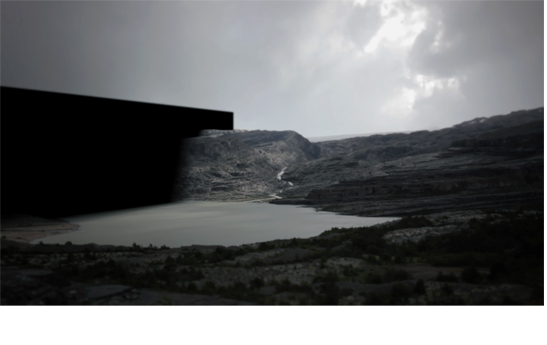
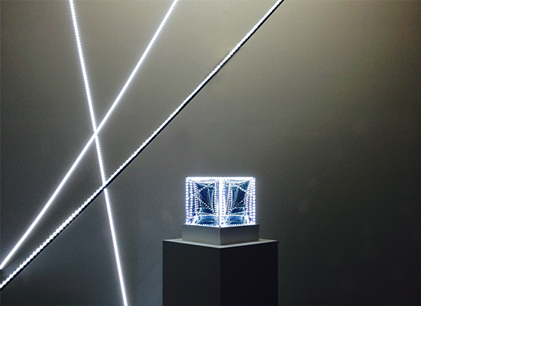
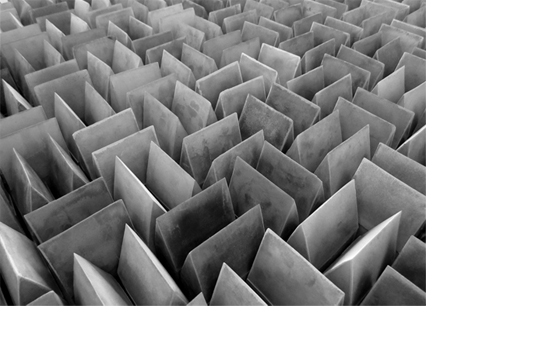
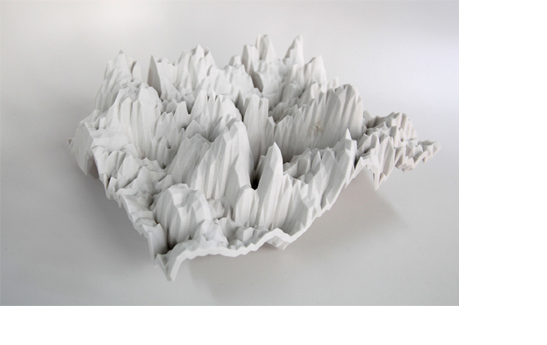
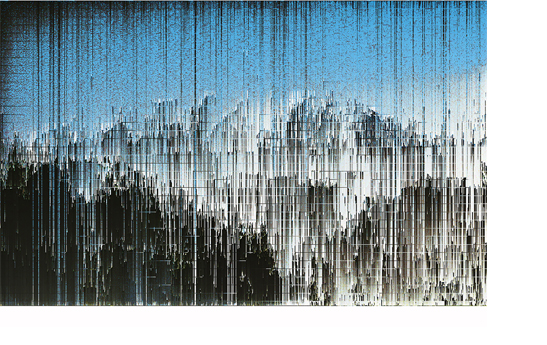
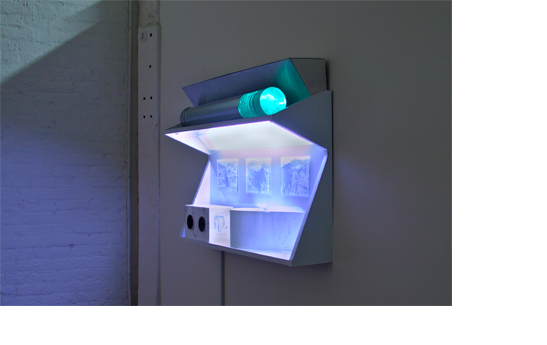
 Share on Twitter
Share on Twitter Share on Facebook
Share on Facebook